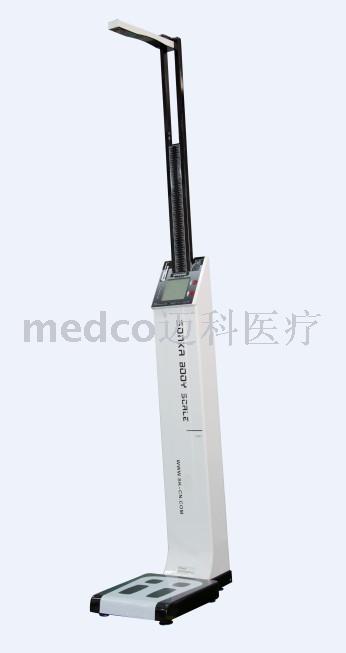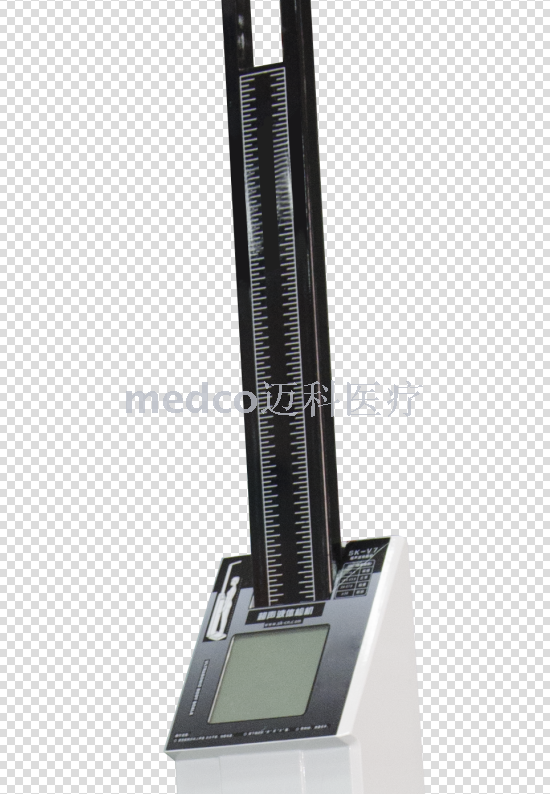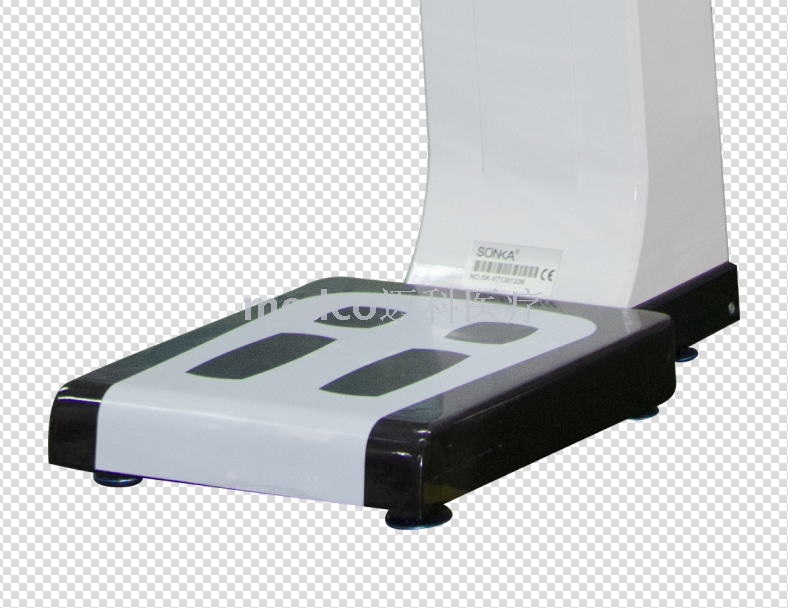Intelligent Electronic Scale Mechanical Health Scale Medical Scale, Household Body Scale Healthy Weight Scale
| Packaging information: |
|
|---|




Function
1. Realize remote operation;
2. Realize automatic control;
3. Intuitive digital display, reduce human error;
4. High accuracy and high resolution;
5. Wide range of weighing;
6. Special functions: deduction weight, pre-deduction weight, zero return, accumulation, warning, etc.;
7. Simple maintenance;
8. Small size;
9. Simple installation and correction;
10. Special industry, can be connected to printer or computer driver;
11. Intelligent electronic scale, quick response, high efficiency;
Instruction
1. Maximum weighing: an electronic scale excluding tare weight, the maximum weighing capacity (full load value), that is, the maximum load that can be weighed;
2. Minimum weighing: a relative error occurs when an electronic scale is lower than this value;
3. Safe load: 120% normal weighing range;
4. Rated load: normal weighing range;
5. Allowable error: the maximum allowable deviation during grading verification;
6. Sensitivity: the minimum scale that can be displayed by an electronic scale; It's usually denoted by \"d\";
7. Minimum scale: take-off value, e.g. : 60Kg x 5g, 5g is the minimum scale, that is, the minimum sensing quantity;
8. Calibration interval: sensitivity =(e), indicating how much weight will be added for each jump. For example, 300g * 0.001g, 0.001g is the sensitivity;
9. Number of scale intervals: if the scale takes off from 10g, one scale for every 10g until the maximum scale is reached.
For example: 100kg * 10g, (100 * 1000) divided by 10= 10000000, 10000 is the number of scale interval;
10. Precision: ratio of sensitivity to total weight. Example: minimum scale of 6000g (inductance) 0.5g. That is, 05/6000= 1/12,000. 1/12,000 is the precision of this scale.
Electromagnetic interference: interference caused by radio waves, such as those emitted by mobile phones.
12. Analytical quantity: an electronic scale with counting function, the smallest scale that can be distinguished;
13. Resolution: an electronic scale with counting function, which has a parameter with distinguishing ability;
14. Internal resolution: internal precision, if 5 COUNT 1 hop, then 5 COUNT is the internal resolution.For example: 100g(weight) * 0.01g (sensory quantity), 5 COUNT 1 hop, 0.01g divided by 100g=1/10000 (precision),
1/10000 divided by 5=1/50000 (internal resolution), internal analysis is mainly used for CPU calculation.Internal resolution is commonly used in Counting scales, which are simply the minimum count analysis that Counting Scale can count.
15. Preheating time: the time it takes for a scale to reach all the indicators;
16.OFFSET value: take a value in COUNT as the starting zero value, mainly to keep the balance in normal operation to avoid improper situations. Count (internal resolved value) general scale.In the setting, the software will define the off-set value of the scale of this model, namely the zero value, which can be used for the judgment and basis of adjustment.
17.SPAN value: put the load on the value displayed by the scale, that is, SPAN, so that the scale put how much weight to show how much weight, so that the scale does not have too big error.
18. CREEP CREEP: passing the test of load for a time and recording the results to see if there is any change, the test results and the size of CREEPWill depend on the stability of the scale.
19. Hysteresis: take the equal proportion of weights and add them up to place them on the scale and record the weight displayed. Then take the equal proportion of weights off the scale to see if there is any error.Q15 is a bit similar to the linear test, test whether the recovery is good.
20. The applicable temperature: - 10 ℃ ~ + 40 ℃. (as defined by OIML, the absence of applicable temperature shall be the basis).
21. Humidity: the relative percentage of moisture in the air. High humidity will affect the linearity and stability of the scale, while low humidity and dry humidity will cause electrostatic interference.
22. The electronic scale using the environment temperature for: - 10 ℃ to 40 ℃
23. Table size of the scale: 25cm X 30cm X 40cm X 50cm 42cm X 52cm 45cm X 60cm
Problems
When it does not work,pls follow this advise below:
1. Please confirm the 110V/220V of the electronic scale first. Whether the voltage switch is adjusted to the same voltage as the power supply, and make sure that the charging line is firmly plugged into the charging seat of the scale.
2. Check whether the charging line is broken due to external force.
3. Check whether the fuse is defective.
4. Poor battery.
5. For the fourth reason or not mentioned above, it is recommended to return to the distribution station for treatment.
Electronic balance after starting up without any action?
1. For dry (storage) battery users, please first confirm whether the voltage of the dry (storage) battery is sufficient. If the voltage is insufficient, please replace the dry battery (please charge the battery).
2. For ADAPTOR users, unplug the ADAPTOR output terminal connected to the electronic scale and install the dry battery. If the ADAPTOR can be turned on, it means that the ADAPTOR is damaged, please replace it.
3. Whether the electronic scale fuse is defective.
4. The switch or button may be damaged.
5. Possible malfunction of electronic components.
6. For reasons 4, 5 or not mentioned above, it is recommended to return to the distribution station for treatment.





